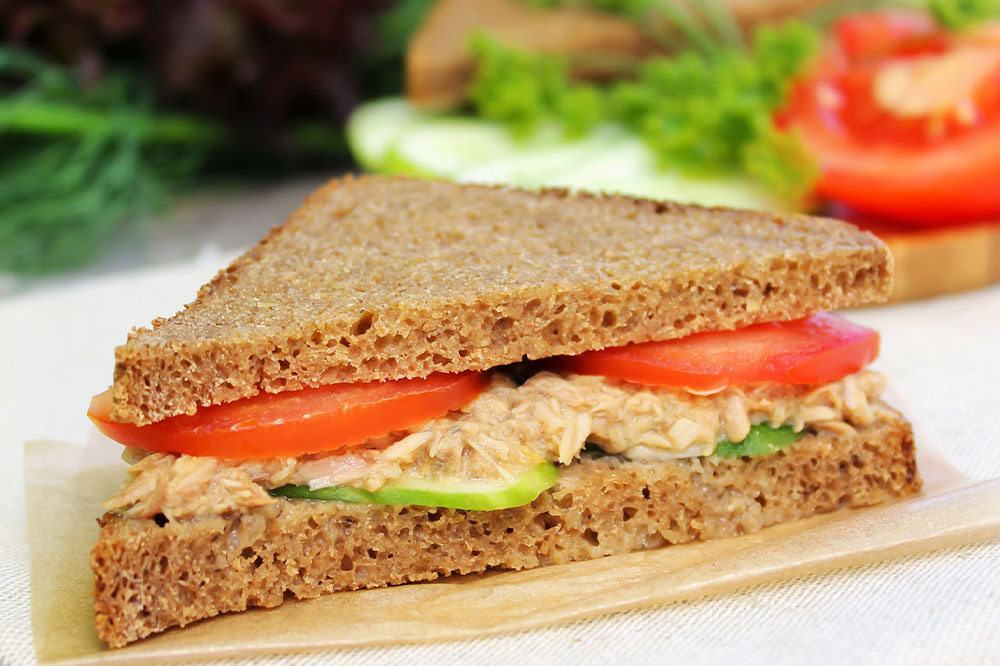7 nutritious snacks that kids will enjoy

Feeling hungry frequently is normal for kids since they are growing. However, eating processed foods with added sugars and refined flour is unhealthy and expensive. Besides, you need to ensure that your child receives adequate energy and nutrition to support their physical and mental development. Snack time is one opportunity where you can slip additional nutrients into your child’s meal regime. Here are seven healthy kid snacks you can make without any hassles:
- Rainbow fruit skewers
It is not unknown how vital fruits are for our daily nutrition intake. They are a rich source of essential vitamins and minerals and should be eaten in plenty. If you wish to get your child to develop a habit of eating fruits, these rainbow skewers can be a fun way to do that. They are so colorful and tasty that even your child would like to help you in the preparation.
Get a couple of wooden skewers and stuff each of them with fruits. You can use raspberries, strawberries, segments of tangerine, cubes of peeled mangoes, and pieces of peeled pineapples. You can also add peeled kiwi chunks, red or green grapes, and blueberries. After that, arrange them in such a way that they appear vibrant like a rainbow. Once done, serve the skewers on a plate and let your child help themselves. - Yogurt with fruits or yogurt popsicles
Yogurt is another ideal snack you can offer your child. It is incredibly rich in calcium and protein, which are specifically vital for children in their growing years. While calcium takes care of bone health, proteins look at muscle development. It also contains a bit of healthy fat, making your child feel full for longer.
Furthermore, specific yogurts also have good bacteria, making them ideal for your child’s gut health. However, you must know that most yogurts available in the market for kids tend to contain excessive sugar. Therefore, ensure that you choose only the plain, unsweetened, and full-fat ones. - Fruit smoothies
If your child doesn’t like whole fruits, you can take care of their daily fruit intake by offering them tasty fruit smoothies. Here, strawberries, bananas, and mangoes are some of the best choices as they not only contain antioxidants but also satisfy your child’s sweet tooth. Besides, you cannot forget the amount of calcium and protein your kid will receive from the yogurt added to enhance the texture of this smoothie. Smoothies are nutritious and ensure that your child feels full for longer. - Apricot bites
If you are worried about your child’s excessive sugar intake, these apricot bites are probably the ideal snack for your kid. You just need 15 minutes to prepare it and it will keep your child full between meals for the whole week.
Put ½ cup of blanched almonds into a mixer and pulse until they turn into fine crumbs. However, ensure not to pulse the almonds so much that they turn into a paste. Following that, add ½ cup rolled oats, 1/8 teaspoon almond extract, and 1 cup of dried apricots to the processed almonds. Now, pulse the processor to turn the mixture into a sticky paste. After that, spread 1/3 cup of unsweetened shredded coconut on a plate and mix it with the apricot mixture. Once done, roll the resultant mixture into balls using your hands, and your apricot bites are ready. - Popcorn
Popcorn is often considered junk. However, that’s far from the truth. They are whole grains with lots of fiber. Unless you fill them with detrimental toppings, popcorn can be a healthy and fun snack for your child. It is easy to make at home, and you can season it with olive oil, butter, and parmesan cheese. However, be careful with your child having popcorn as they are prone to choking. - Almond butter spread
Almond butter spread, made from whole grain bread and ground almonds, is another fun snack you can offer your kids in between meals. It is not only nutrient-rich but also very filling. It is a low-calorie snack with lots of antioxidants, minerals, and vitamins- all of which are essential for properly building your child’s body. - Dried fruit energy balls
You can consider them a healthier option than processed granola bars. With several nutritious ingredients such as cocoa, dark chocolate, and fruits and nuts like walnuts, pistachios, apricots, and cranberries, these dried fruit energy balls make the perfect snack for your child.
Your child requires lots of nutrients and energy to deal with the bodily changes they experience during their growing years. That is why they are likely to feel hungry more often than not. To deal with their sudden bouts of hunger, you must always be ready with some healthy but fun homemade snack options. Otherwise, your kid may crave processed snack foods with lots of sugar and other detrimental ingredients. These snacks mentioned above are nutrition-rich, filling, and hassle-free to make for children. Try them out and contribute to your child’s healthy body and mind.



